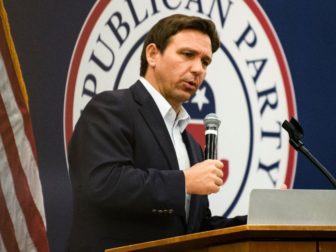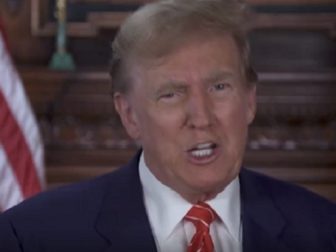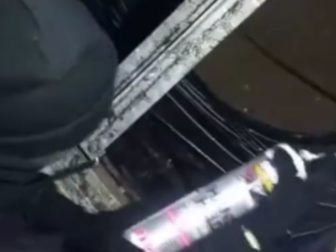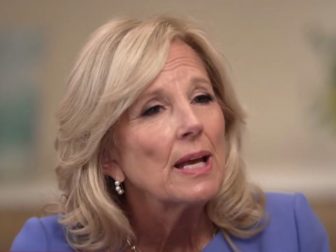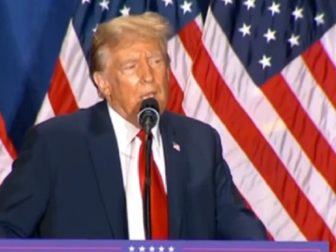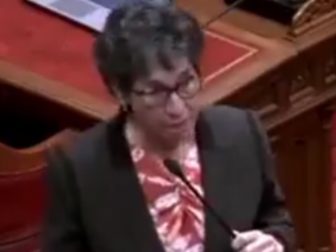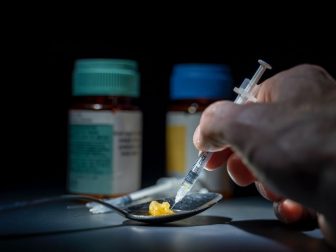CDC Study Finds Little Evidence That Masking Elementary School Students Is Effective
Although one principle cited in the debate over masking students is that such a step will limit the spread of the coronavirus, the foundational research that federal recommendations rest on never came to that conclusion.
The torturous trail of science and masking is explored by David Zweig in New York magazine, starting with a May study released by the federal Centers for Disease Control and Prevention.
Toward the end of the multi-page report concerning a survey of schools in Georgia, the report touches on what it could about elementary school students wearing masks.
“The 21% lower incidence in schools that required mask use among students was not statistically significant compared with schools where mask use was optional,” the CDC report said.
“This finding might be attributed to higher effectiveness of masks among adults, who are at higher risk for SARS-CoV-2 infection but might also result from differences in mask-wearing behavior among students in schools with optional requirements.”
As Zweig noted in New York magazine, “With tens of millions of American kids headed back to school in the fall, their parents and political leaders owe it to them to have a clear-sighted, scientifically rigorous discussion about which anti-COVID measures actually work and which might put an extra burden on vulnerable young people without meaningfully or demonstrably slowing the spread of the virus.”
To that end, he noted that experts believe the CDC’s May conclusion was very significant.
“That a masking requirement of students failed to show independent benefit is a finding of consequence and great interest,” said Vinay Prasad, an associate professor in the University of California, San Francisco, Department of Epidemiology and Biostatistics. “It should have been included in the summary.”
“The summary gives the impression that only masking of staff was studied,” said Tracy Hoeg, an epidemiologist, “when in reality there was this additional important detection about a student-masking requirement not having a statistical impact.”
[firefly_poll]
Zweig wrote that after the CDC and the American Academy of Pediatrics issued updated guidance last month calling for children to be masked in school settings, he asked for a study to back up those recommendations and was given nothing definitive.
“We lack credible evidence for benefits of masking kids aged 2-5. Despite what American Academy of Pediatrics says,” Jeffrey Flier, former dean of Harvard Medical School, wrote last month on Twitter.
We lack credible evidence for benefits of masking kids aged 2-5. Despite what American Academy of Pediatrics says. @VPrasadMDMPH explains. https://t.co/GN1P7TkHPP
— Jeffrey Flier (@jflier) July 19, 2021
Despite models and simulations, “Mechanistic studies are incapable of anticipating and tallying the effects that emerge when real people are asked to do real things in the real world,” Vinay Prasad, of UCSF, wrote in a critique of the CDC’s masking recommendation for children, according to New York magazine.
“The CDC cannot ‘follow the science’ because there is no relevant science.”
There are other factors to consider as well.
“Mask-wearing among children is generally considered a low-risk mitigation strategy; however, the negatives are not zero, especially for young children,” Lloyd Fisher, president of the Massachusetts chapter of the American Academy of Pediatrics, said, according to the magazine.
“It is important for children to see facial expressions of their peers and the adults around them in order to learn social cues and understand how to read emotions.”
Zweig noted that there is no end date for the great mask experience.
A 3,000 word deep dive into the evidence behind student mask mandates
Many countries around the world – with vax rates, case rates, and mortality above and below the US – do not require masks on students. Why does the US?
My latest for @NYMag https://t.co/r2nYIHVPNj
— David Zweig (@davidzweig) August 20, 2021
CDC Director Rochelle Walensky, when asked when masking stops, has said, according to New York magazine, “If our children are vaccinated, we have full vaccination in schools, we have full vaccination in teachers, we have disease rates that are low — I think then we can start thinking about how we can loosen up.”
“By Walensky’s criteria,” Zweig wrote, “children may be in masks for years at school.”
This article appeared originally on The Western Journal.



